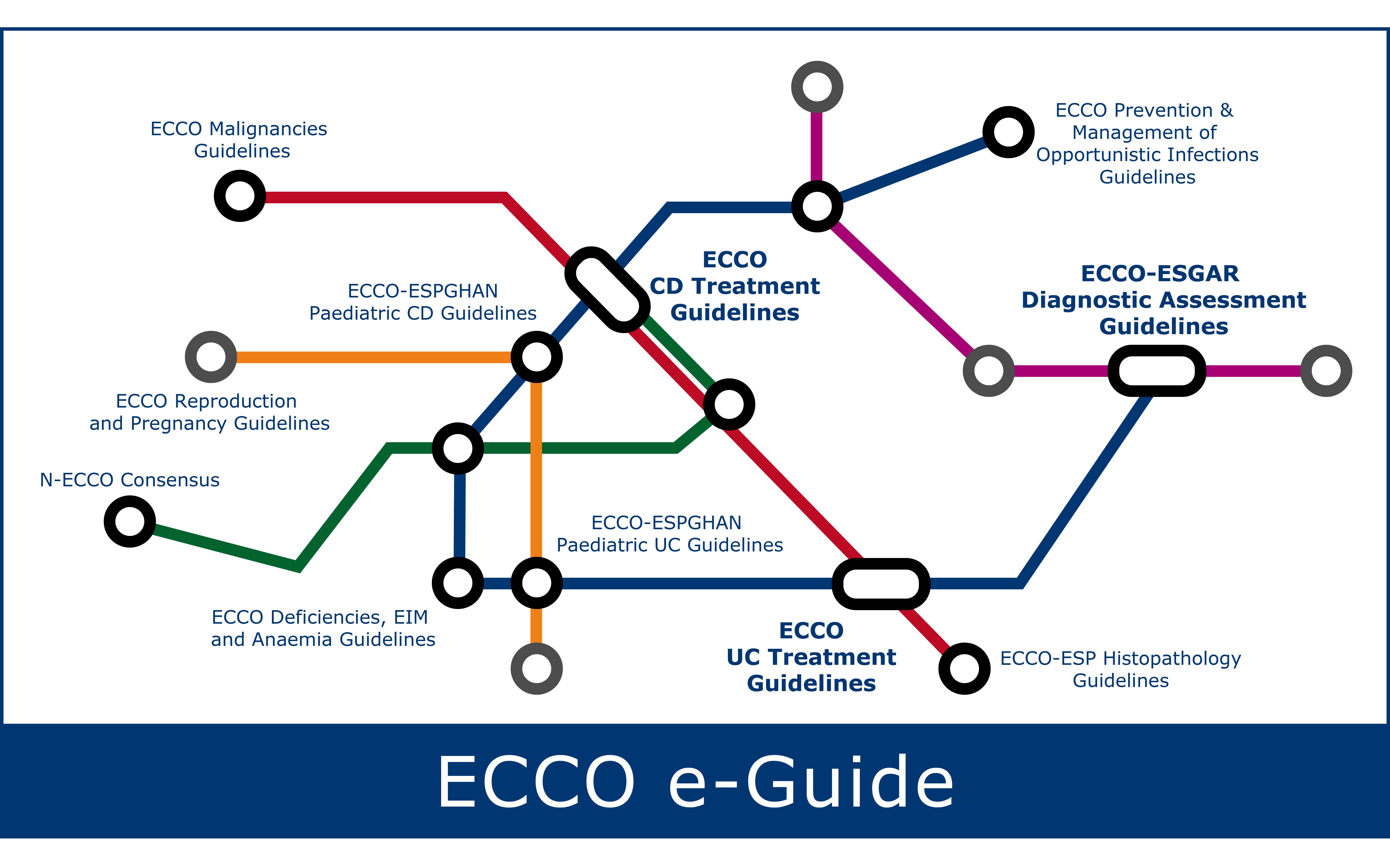CRP
Serum CRP is useful for assessing a patient’s risk of relapse. High levels are indicative of active disease or a bacterial complication.
ESR
Less than 10% of patients do not significantly augment serum CRP in response to inflammation. ESR measurements can be useful in such patients, and particularly in paediatric cases, to serologically test for inflammation.
Faecal biomarkers
Faecal biomarkers reflect the migration of neutrophils through the inflamed bowel wall to the mucosa (with subsequent shedding into the gut lumen). Calprotectin and lactoferrin are stable, degradation-resistant proteins that can be easily measured in faeces. They reflect intestinal inflammation of any cause, and in known Crohn’s disease have > 90% positive predictive value for endoscopically active disease. They are superior to CRP, and clearly superior to the CDAI, for predicting active disease in those suspected of having Crohn’s with a sensitivity of 60-70%; with lower sensitivities in those with lone ileal disease.
Genetic markers
Although more than 160 genetic loci associated with IBD have been discovered, no loci or collection of loci are sensitive or specific enough to diagnose these conditions.

